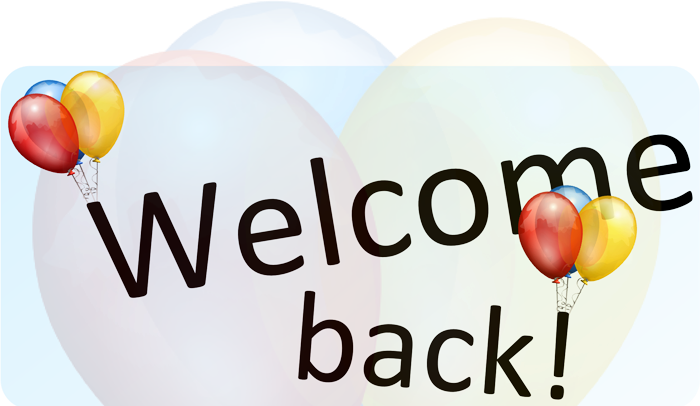For the first part of our Manaiakalani Hui, we engaged in a team-building exercise.
The first fun activity was to play a variation of rock, paper, scissors called Ninja, Tiger, Granny. Played like rock, paper, scissors; whoever wins goes ahead to the next person, and the losing person becomes the support person and creates a chain. A great ice-breaker.
The focus of the day was around design thinking. Design thinking has a human-centred core. The important message here was not to get stuck on your own ideas, to be critical and accept feedback. You need to be willing to let go of ideas that perhaps didn't meet the requirements of the customer.
To prepare ourselves for design thinking, we were asked to draw a buddy in a short space of time. This was to promote the idea that you shouldn't apologise for our ideas and designs, instead take on feedback instead.
Learning about the design thinking process, we worked in groups and completed practical, hands-on activities. The first stage of design thinking is to
empathise with the consumer/customer. We were asked to go into a cafe, order a coffee, and empathise with a customer around their cafe experience. From that, we came back with some issues that may arise for our customer. This is the "
define" in the process.
In our group, we made up our own customer, based on our own experiences and anxieties we face when going to a cafe. We came up with Danvery. Brilliant drawing, thanks Anne.
Ideate is the next step in the process, and we thought about so many different ways that we could solve the issues our customer faced/faces. We had so many ideas, some doable, others were very out there. We marked our ideas using the following scale.
The fun had only just begun! We had to prototype our solution. I think we were a bit ambitious with our solution. We designed edible coffee cups, and you could choose out of five cups - sweet, bitter, salty, sour and umami.
Our idea: A garden wall, ambience music, hologram at each table which can state where all the ingredient came from, and edible coffee cups. So fun to act out and test our prototype with a customer.














